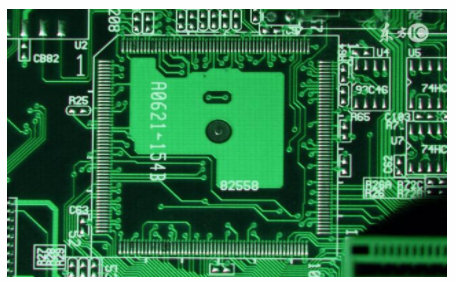Many designers begin to think that circuit function and reliability are key factors that need to be considered in printed circuit board (PCB) design. In practice,PCB layout is a key factor in creating a successful final product, not what many engineers implement in the initial design cycle.
Layout is very important for electronic products. In some PCB design teams, the design is done by professional layout technicians to implement best practices and avoid known placement precautions. In most cases, advanced computer-aided design (CAD) software is used to maximize efficiency, detect potential design problems, and warn of obvious errors.
Some key factors for the success of PCB layout are:
Experience-Design experience is of great help to the quality results of simple and complex PCB designs. Tools-A powerful tool set, such as CAD and Design for Manufacturing (DFM) for computer applications has become a must to design today's complex PCBs. Follow guidelines and best practices-There are many generally accepted guidelines and best practices that can facilitate the development of PCB layouts, all the way to the manufacturing and testing process. PCB layout guide

Certain guidelines are more important than specific types of PCBs, such as those related to specific uses such as flexible PCBs and multilayer boards. And professional technology, including high-density middleware nnect board. But there are many guidelines that apply to many disciplines:
Board size-Predetermined size requirements Material-Need to use specific circuit board materials will promote the use of components Connection-The mounting or mounting method of the circuit board will greatly affect the layout, because the connection points and methods may affect the placement of components
Estimation-Once the board components and dimensions are determined, evaluate whether the combination of components and necessary traces fits the board size.
Layers-Determine whether multiple layers are required, how to route connections between layes, and whether the final design can be made by the manufacturer.
Plane-Together with the layer design, consider how to implement the power and ground plane. The best practice is to separate the two to minimize electromagnetic interference (EMI) and effectively manage power. Avoid using partial planes to avoid warpage, lamination problems, welding and other manufacturing issues. Such construction problems may cause reliability problems or complete failure of the circuit board.
Tracking guide
Tracking needs to be considered early in the design to avoid PCB problems.
Trace width-traces that are too close and too narrow may cause short circuits. Conversely, traces that are positioned too wide will increase the space required on the circuit board, increase the size, the number of layers required, and/or the cost.
Tracking power capacity-depending on the amount of current to be processed, individual traces and circuit board structure, it may be necessary to increase the trace width.
Pad and hole size and ratio-By determining the pad/hole ratio and size during the initial design, tolerances for drilling and other considerations can be calculated. This may vary from manufacturer to manufacturer, so it is beneficial to negotiate with the prospective manufacturer early in the process. As PCB sizes continue to shrink, this becomes more important, and through holes are also crucial.
Pad shape-The pad size and shape can be changed according to the components to be added and the manufacturing process. This will affect the PCB layout. In this process, please consult the PCB manufacturer as soon as possible to ensure that the circuit board design meets the manufacturing standards.
Heat dissipation issues-If the circuit board function will include important heat generator components, take into account dissipation tolerances or heat sink requirements.